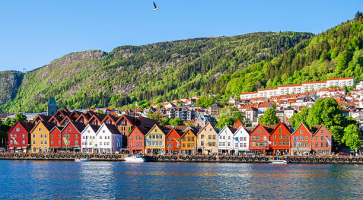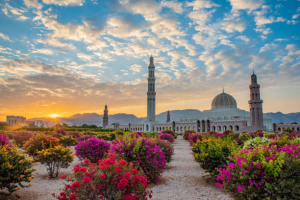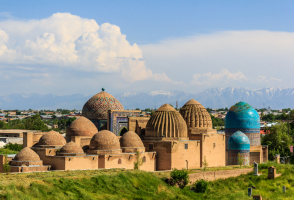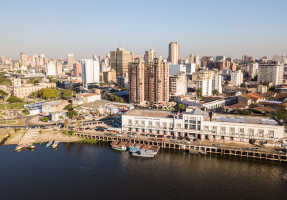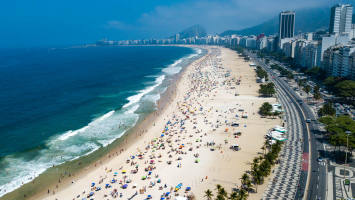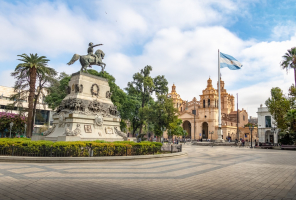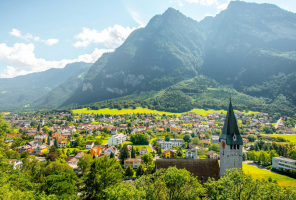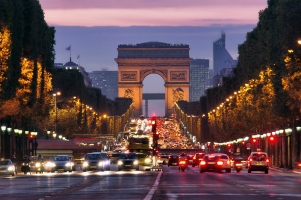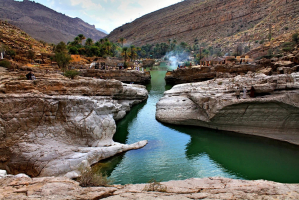Top 10 Reasons to Visit Japan
Japan is one of the most amazing tourist destination in North Asia, with many unique experiences that cannot be found anywhere else in the world. This ... read more...country's culture is an intriguing blend of Eastern traditions and Western civilisation. Japan is also one of the world's oldest civilisations with a rich and varied history. The stunning, diverse scenery with mountains and breathtaking views, which is highly valued by the Japanese, offers a wide range of experiences that attract visitors from all over the world. Here are top 10 the best reasons why you must try to visit Japan.
-
The Japanese have an international reputation for being extraordinarily courteous, kind, and hospitable. Although the language barrier can be difficult at times, people in Japan generally attempt to be as helpful as possible if you ask them a question. Before travelling, brush up on Japanese etiquette: locals will appreciate your efforts to respect local customs!
When visiting Japan, you will immediately realize that Japanese conduct is vastly different from that of individuals in Western nations. People in Japan have the mindset that they should trouble as few people as possible. You'll notice it as soon as you get on the train since it's astounding how quiet it is inside! Everyone is as courteous as possible while yet being quite helpful. If you have a question or appear to be perplexed about something, there is always someone who can assist you! The language barrier might be challenging at times, but Japanese people will always strive to assist you. It is tough to put into words how you feel, therefore you should absolutely go through it.
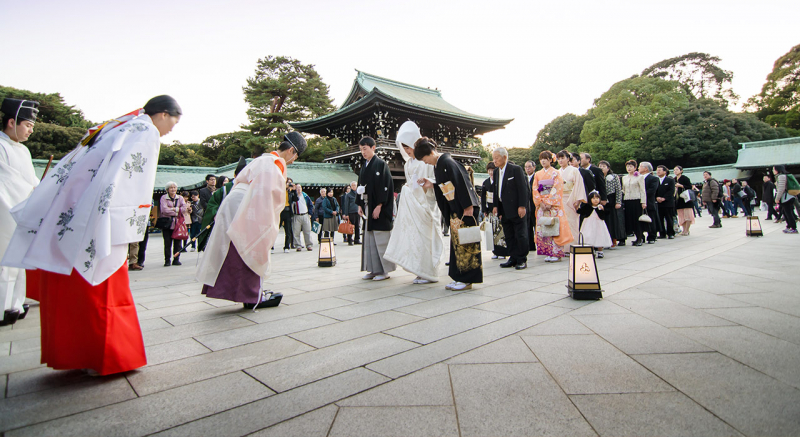
tuhoc365.vn 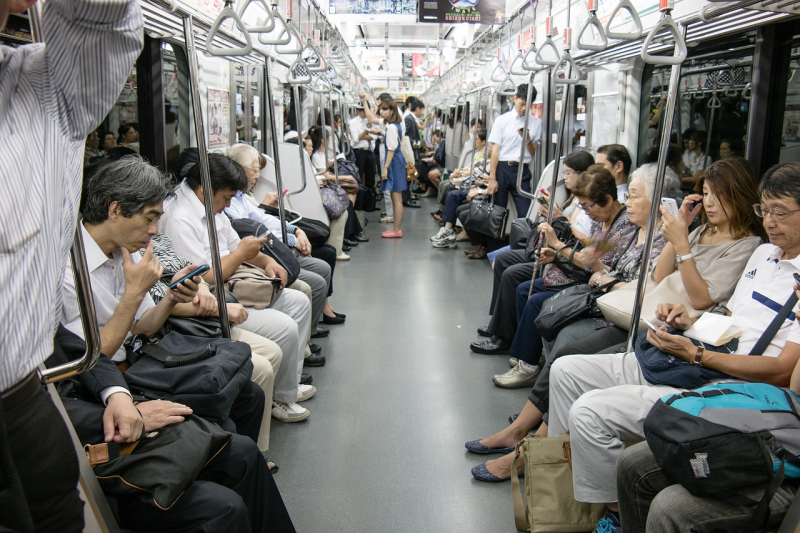
bahn.de -
Until 1868, the Kyoto Imperial Palace served as the residence of Japan's Imperial Family. This is one of the destinations that you cannot miss to visit. The Emperors have resided in the Tokyo Imperial Palace since the Meiji Restoration in 1869. It is located in the expansive Kyoto Imperial Park, a lovely park in the city center that also includes the Sento Imperial Palace. The present Imperial Palace was rebuilt in 1855 after being burned down and transferred across town several times throughout the ages. Emperors Taisho and Showa's enthronement rituals were still held in the palace's main hall. Enthronement ceremonies are presently held in Tokyo Imperial Palace.
The palace grounds, which were previously solely accessible on guided excursions that needed advance bookings, can now be visited and explored without joining a tour or making any prior preparations (although tours in English are still available; currently suspended). Visitors can view the palace structures and grounds, but none of them can be accessed. You may learn about the fascinating history of Japanese mythology and monarchs who formerly resided there. You will also visit the UNESCO-listed Nijo Castle, the Golden Pavilion, and the Fushimi Inari Shrine.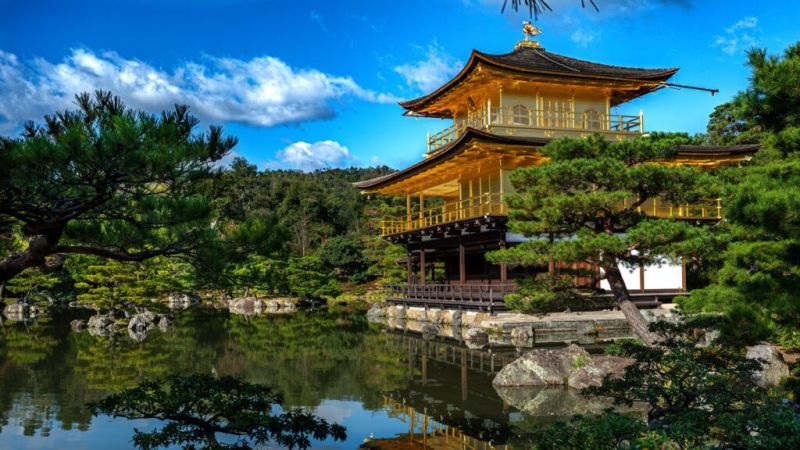
tourdulichuytin.com 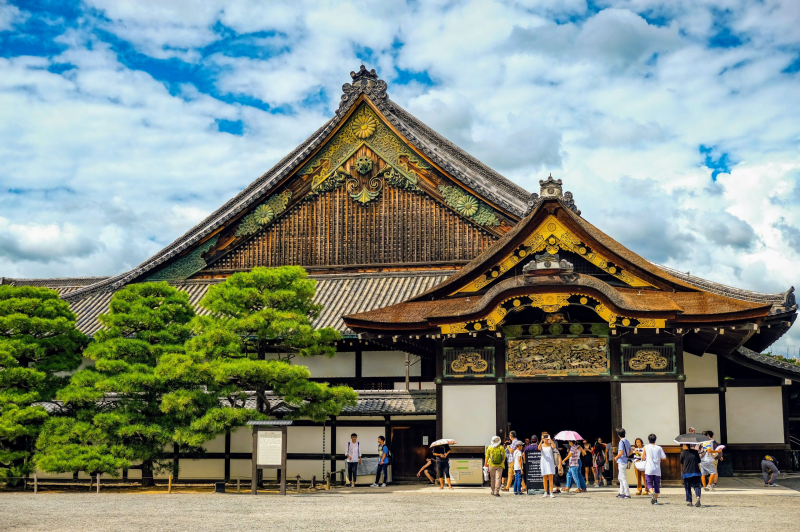
en.wikipedia.org -
Japan is the world's third biggest economy and a global economic and technological powerhouse. High levels of R&D support have helped Japan to make advancements in car engines, television display technology, and many other sectors. If you enjoy technology, Japan is one of the best countries to visit. Tsukuba - City of Science and Odaiba - Artificial Island are two outstanding technologically advanced destinations that you must visit.
Tsukuba, sometimes known as the Science City, is about 1 hour by rail northeast of Akihabara. The Tsukuba Space Center is one of the city's exhibitions. The tours are related to recent astronomical research and Japan's participation in the International Space Station. The Tsukuba Expo Center, which focuses on rockets, robotics, and underwater vehicles, is another attraction. It does, however, have a fantastic planetarium and a well-known robot that plays the organ.
Odaiba, an artificial island in Tokyo Bay, contains structures with distinctive architectural in addition to technology attractions. The island is home to the Miraikan National Science Museum. In the exhibition, you may observe and interact with ASIMO, Honda's iconic humanoid robot whose name stands for "Advanced Step in Innovative Mobility." Odaiba is home to Panasonic's showroom and Sony Explore Science. Furthermore, on Toyota Mega Web, you may test drive the most recent Toyota automobiles. Other attractions at Miraikan include android exhibitions and several possibilities to engage with robots of various sizes and functionalities.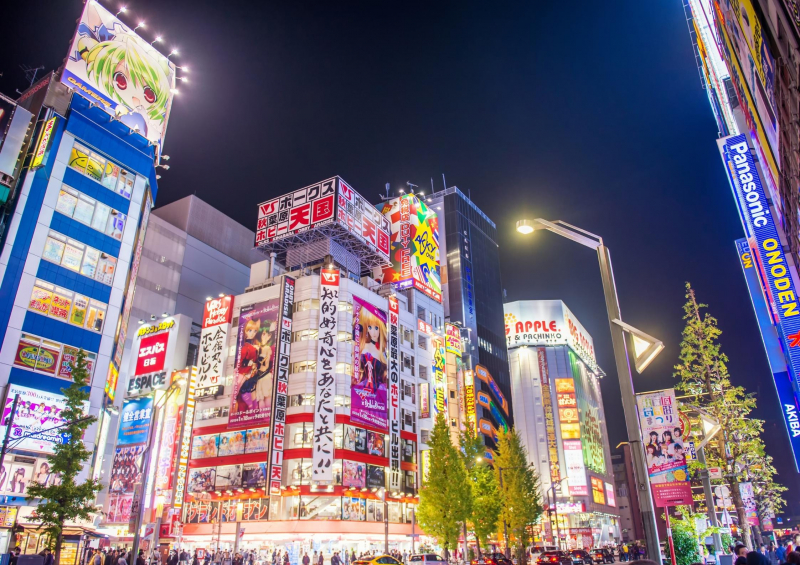
tsunagujapan.com 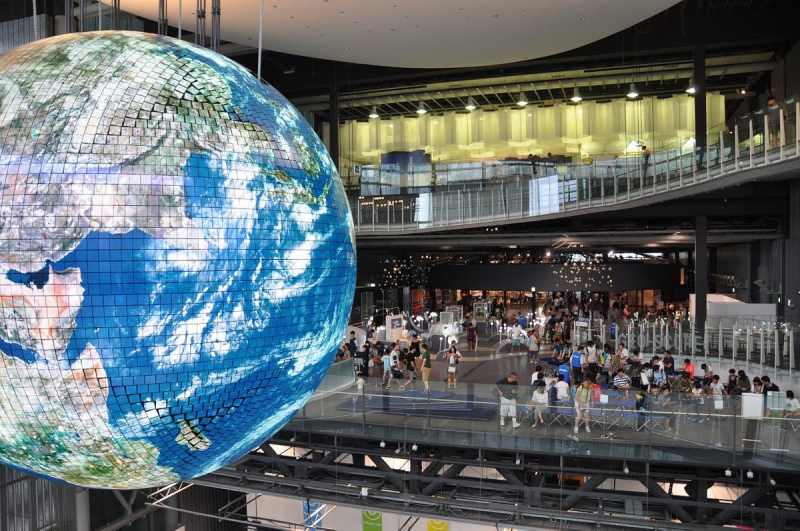
miraikan.jst.go.jp/en/ -
Beside the development of advanced technology, Japan is also famous for its creations about a lot of weird stuff that seems to be useless. Japan has all kinds of unique things that you have never seen before in any countries around the world such as square watermelons, washing toilets that blow-dry and play music, non-melting ice-creams, cartoon versions and mascottes of everything.
Japan may be pretty strange, and Tokyo is the strangest town of them all. You can see all of them in Tokyo. Japan will manage to provide you with the cultural shock of a lifetime. Last but not least, it can be denied that the culture of Japan is unique and diverse. If you have a chance to visit Japan, why don't you try to see all of the most odd things that you can not imagine it is existing with us on the planet and how the Japanese have ideas about creating it. It will certainly be the most unforgettable and interesting experience for the visitors to come to Japan!
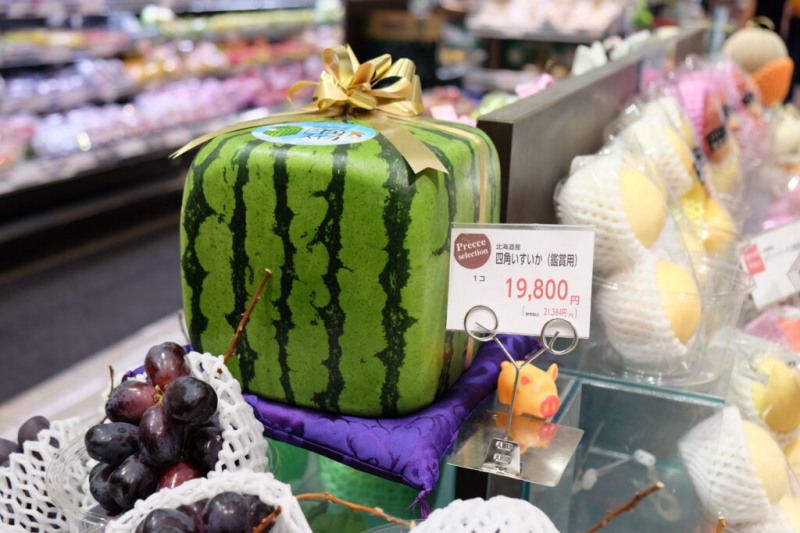
japanesefoodguide.com 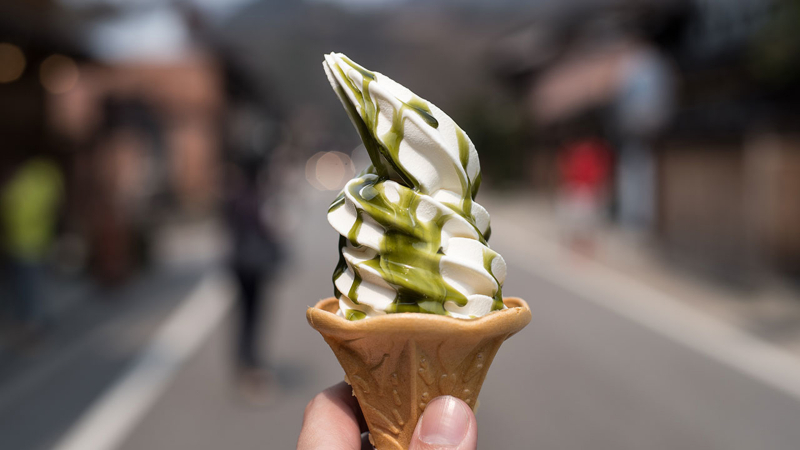
cntraveler.com -
Japan is well-known for its dependable and speedy train network that runs across the country. The country has an excellent, efficient transportation system that will take you practically anywhere in the country pleasantly and easily. Trains, buses, and taxis can be used to travel between tourist areas, Shinkansen and planes can be used for long-distance travel.
Japan is well-known for its exorbitant public transportation costs. Japan Rail Pass (JR Pass) is a cost-effective pass for overseas tourists. You may travel for a certain number of days on the Japan Rail Group's various means of transportation, which include the Shinkansen, trains, buses, and even ferries!Subway is regarded as one of the most important components of Japan's rail networks. Subway stations are widely available, particularly in major cities like as Tokyo, Osaka, Nagoya, and Kyoto. They span a wide spectrum of key places, including retail centers, commercial districts, and prominent tourist sites. In general, Japan's low-cost subways run on time and without delays, exactly like trains. Another advantage of the subway is that it is not affected by typhoons and other weather conditions because it runs mostly underground. They begin operations around 5 a.m. and remain operational until around midnight in major cities.
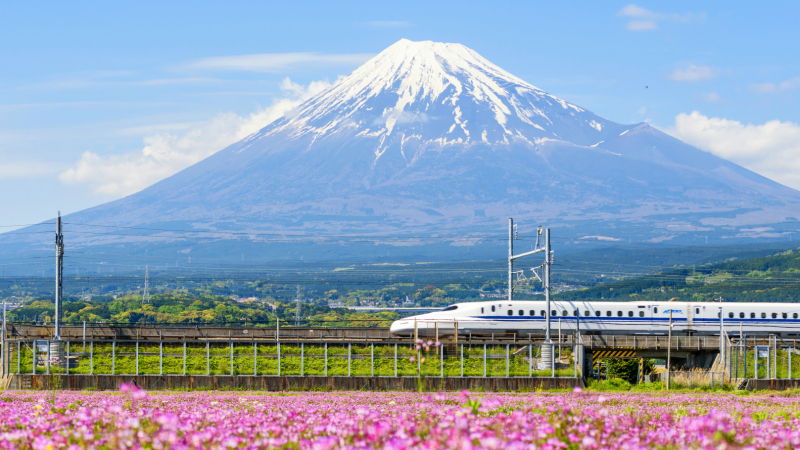
vyctravel.com 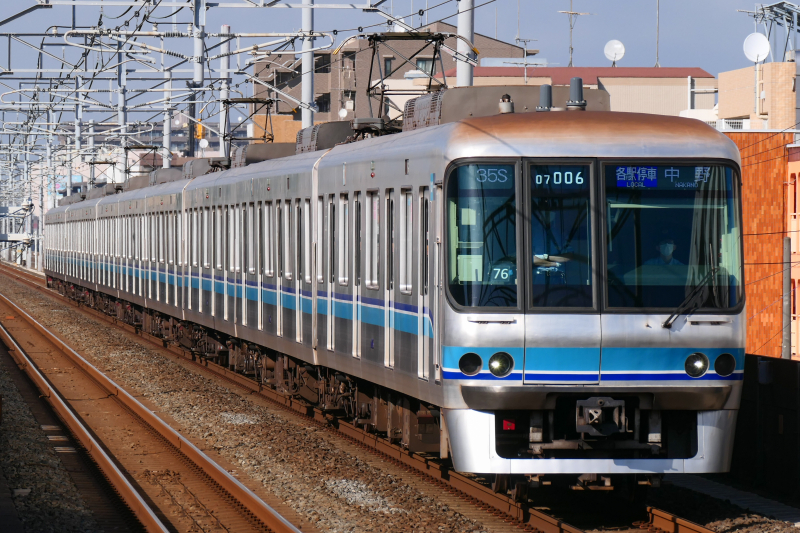
en.wikipedia.org -
Sumo debuted 2,000 years ago, is considered as Japanese national sport, is a type of competitive full-contact wrestling in which a rikishi (wrestler) seeks to drive his opponent out of a circular ring (dohy) or to touch the ground with any part of his body other than his feet's soles (usually by throwing, shoving or pushing him down). Sumo Wrestling match is a spectacular show that has been performed since the ancient Shinto period and provides unique insights into Japanese society. Sumo was formerly thought to be a dance to combat and drive away evil spirits, but now it is a battle of strength and brains between two athletes who spend their days practising and eating to perfect their abilities.
Sumo battles are held all year in Japan, with tournaments showcasing many matches throughout the day. When you have a chance to visit Japan, you should try to attend a whole day of a competition because this is a unique sport. Everything is carefully considered to respect the sacredness of the sport, from the fighters' attire to the referee, from their training to the stage on which they fight.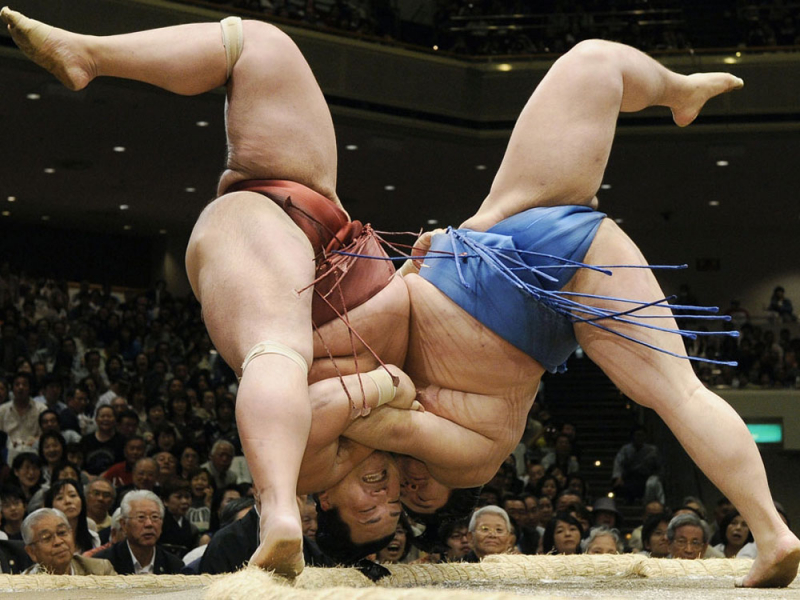
en.wikipedia.org 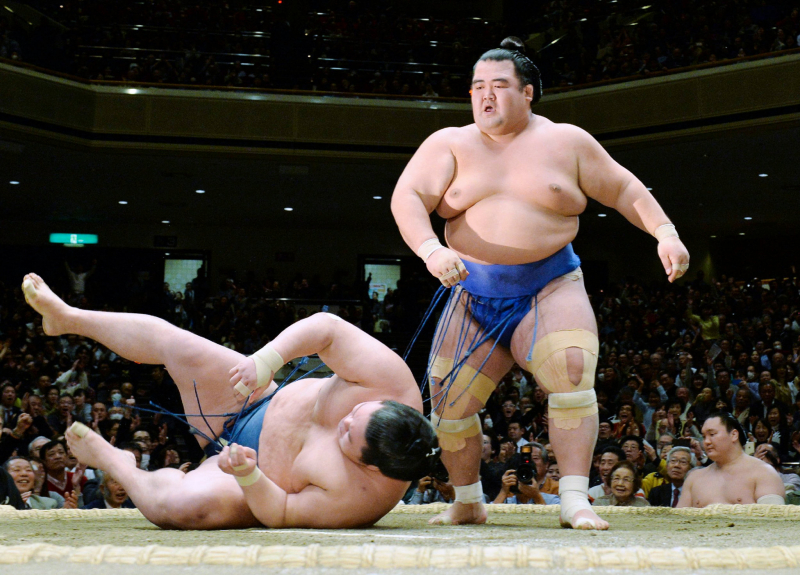
life.zingnews.vn -
Despite the fact that Japanese cuisine is available all over the world, the nation attracts millions of tourists each year who want to sample traditional Japanese cuisine. Sushi is one of the most well-known varieties of Japanese cuisine. Toyosu Market, Sushi Dai, Daiwa Sushi, and Sushizanmai Bekkan serve the greatest sushi. Don't miss out on trying Japanese curry.
For most visitors, a journey to Japan provides the opportunity to sample traditional Kaiseki cuisine. Kaiseki is a traditional Japanese meal that has grown over the last thousand years with the use of certain unusual ingredients. This multi-course Japanese supper normally begins with appetisers, then Sashimi, rice, cooked courses, and dessert. Konbini meals, such as quick noodles, sandwiches, onigiri, veggies, cold beverages, and baked goods, are also available. You may enjoy the experience of a lifetime since Japan gives a broad variety of tasty meals to its tourists in every city. Overall, one of the reasons to visit Japan is for the food.
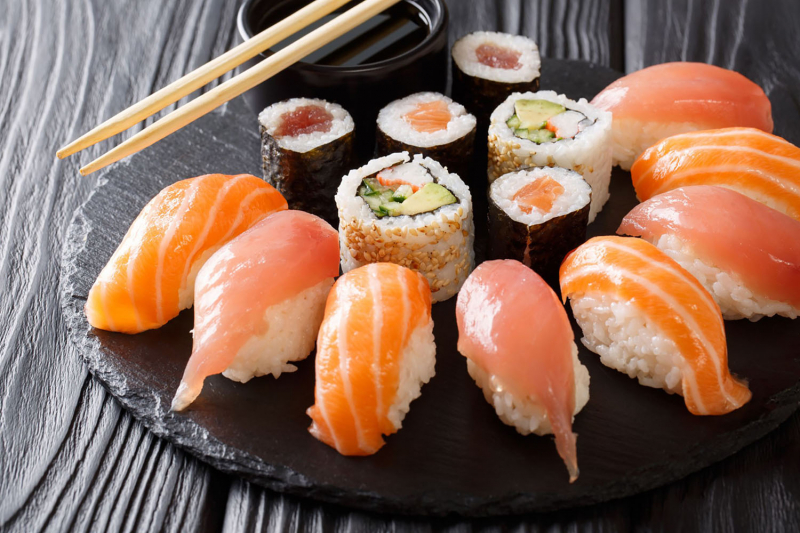
tablespoon.com 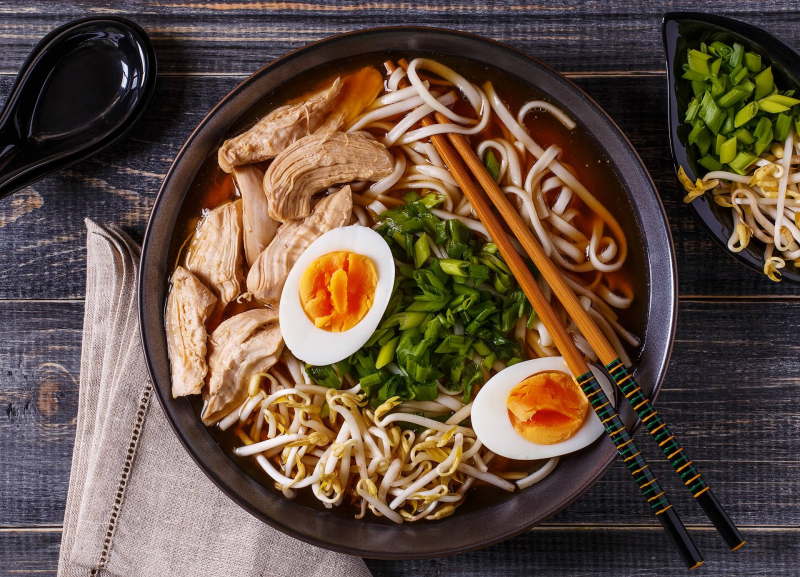
genk.vn -
Japan's two most prominent religions and cultures are Shinto and Buddhism. Shinto predates Japanese culture, but Buddhism was introduced from the mainland in the sixth century. One of the most fascinating aspects of Japanese history is that the two faiths coexisted peacefully and even complimented one other to some extent, rather than canceling each other out or sparking conflicts.
In Japan, there are around 180,000 Shinto shrines and Buddhist temples. The Shinto religion is the most popular in Japan. Shintoism believes in familial respect, purity, respect for nature, and harmony. Traditionally, you should not visit a shrine if you are unwell, have an open wound, or are in grief since they are considered impurities.
Visitors to certain temples burn incense in big incense burners. Purchase a bundle, ignite it, and let it burn for a few seconds before extinguishing the flame by waving your palm at it rather than blowing it out. Finally, place the incense in the incense burner and pray briefly. Some individuals fan smoke towards oneself for therapeutic purposes; for example, if they have an injured shoulder, they will fan smoke towards their shoulder.
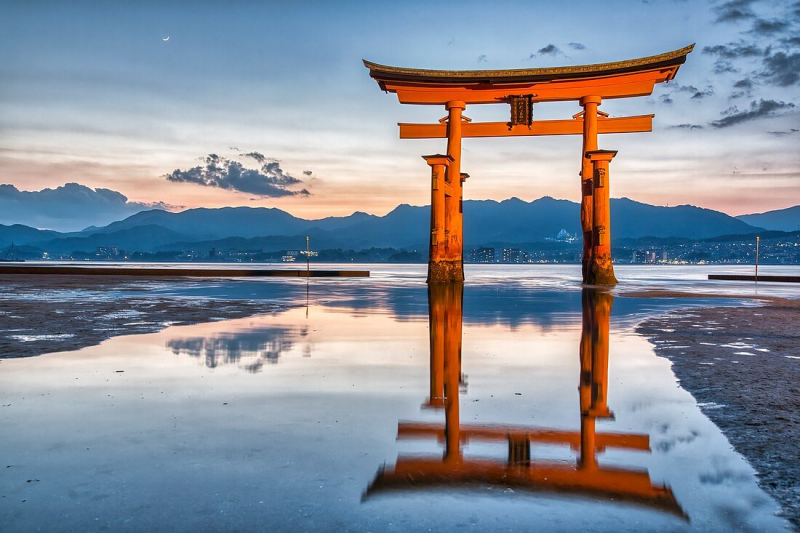
shutterstock.com 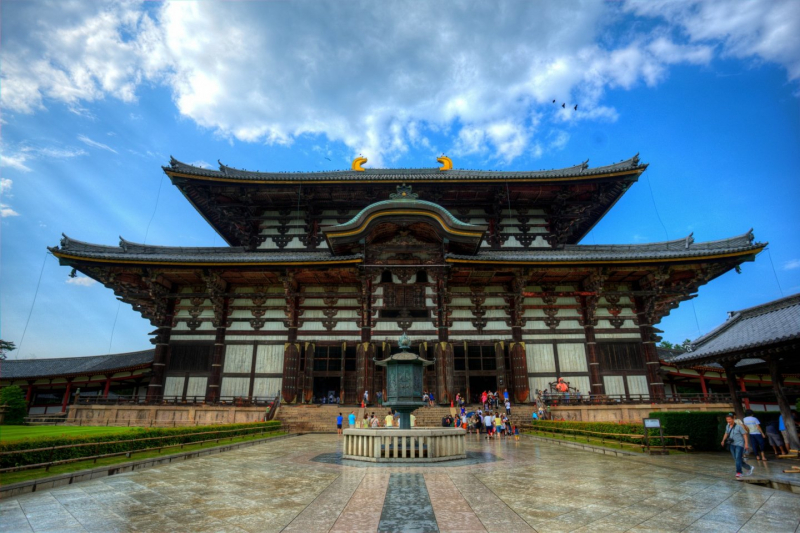
en.wikipedia.org -
Mount Fuji, Japan's symbol, is one of the greatest reasons why you should try to visit this nation. Mount Fuji, commonly known as Fujisan, is Japan's tallest peak, standing at 3776 meters. It is hardly unexpected that the nearly flawlessly sculpted volcano has been regarded as a sacred mountain and has had widespread appreciation among artists and the general public for generations.
You may take a guided journey to the top of Mount Fuji. This journey departs from Tokyo and visits Mount Fuji, Lake Ashi, and the Mount Komagatake Ropeway. On the trip, the ranger will discuss the history and significance of these lovely views and creatures. Another simple method to see Mount Fuji is to take the train between Tokyo and Osaka. If you travel the Shinkansen from Tokyo to Nagoya, Kyoto, or Osaka, the finest view of the mountain is from about Shin-Fuji Station on the right side of the train, around 40-45 minutes into the journey. You can stay at a beautiful Ryokan, a traditional Japanese inn, to relax and slow down time near Mount Fuji in Hakone.
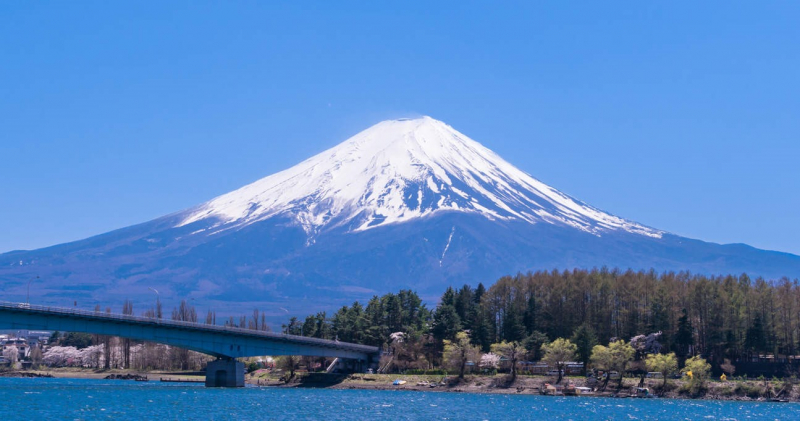
en.wikipedia.org 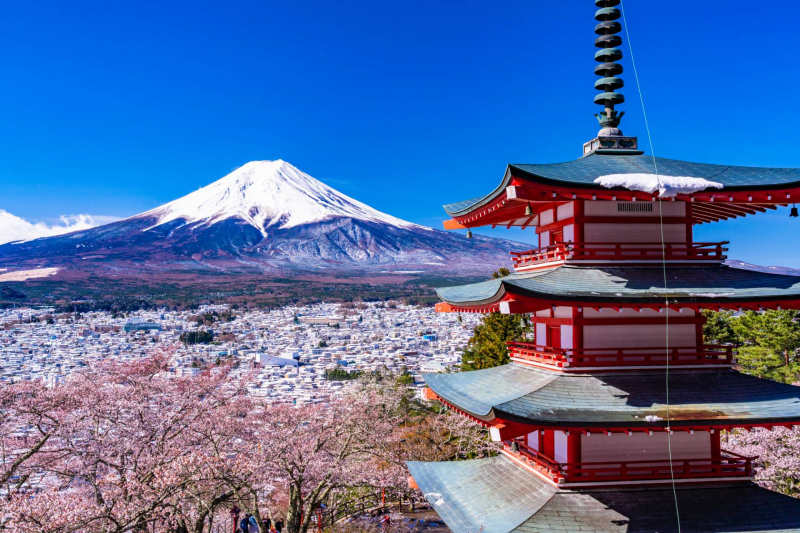
tripavisor.com -
A trip to Japan isn't complete unless you see the Sakura and National Cherry Blossom Festivals. The delicate, bright, and fleeting beauty of Japanese cherry blossoms is well known around the world. They are not only gorgeous, but they also symbolize Japan's history, identity, and culture. Cherry blossom festivals are a popular spring tradition that take place throughout Japan. For many Japanese, Sakura represents human life, nobleness, and transience.
Cherry blossom festivals are held in various parts of the country. The majority of them take place from March through May, while certain regions hold festivals in January, February, and June depending on their location. Festival dates are often dictated by cherry blossom forecasts and vary from year to year. The Shinjuku Gyoen National Garden is one of Tokyo's most well-known parks for viewing cherry blossom trees.
Fun is an important part of cherry blossom watching in Japan. They drink and eat, making the blossom-viewing experience more comparable to a picnic under the trees. To commemorate the event, people bring home-cooked dinners, grill items, or order take-out.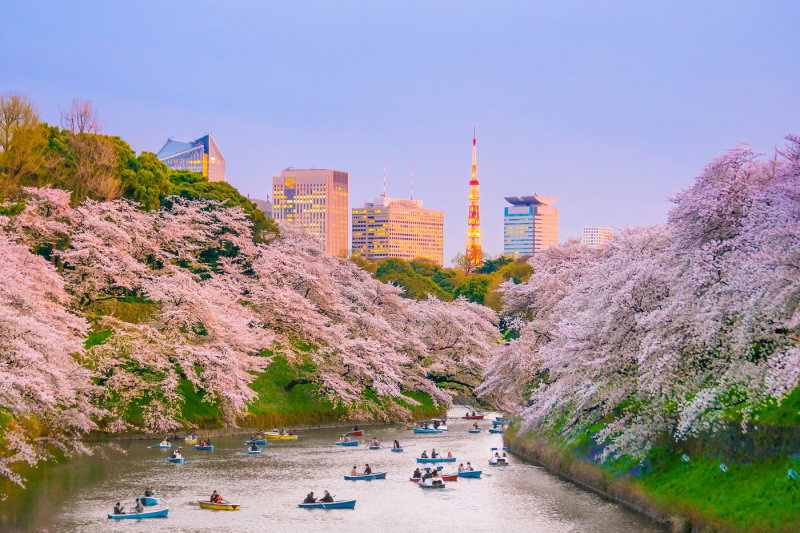
japan.travel 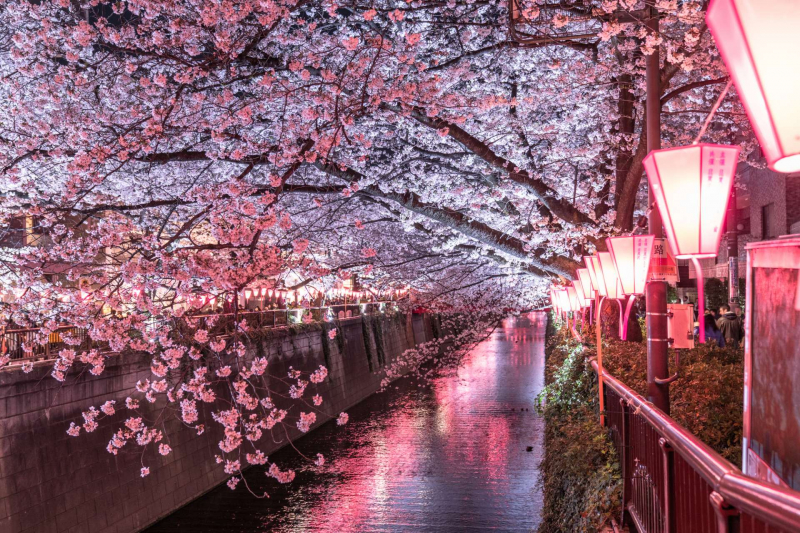
jw-webmagazine.com














